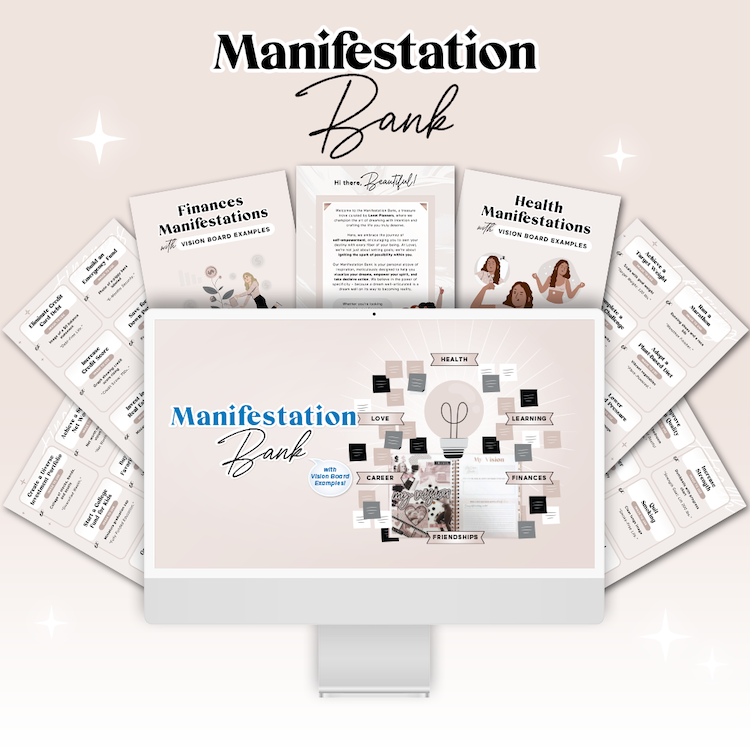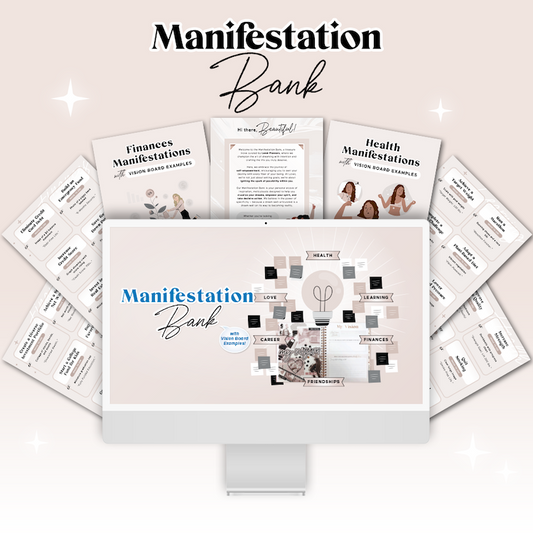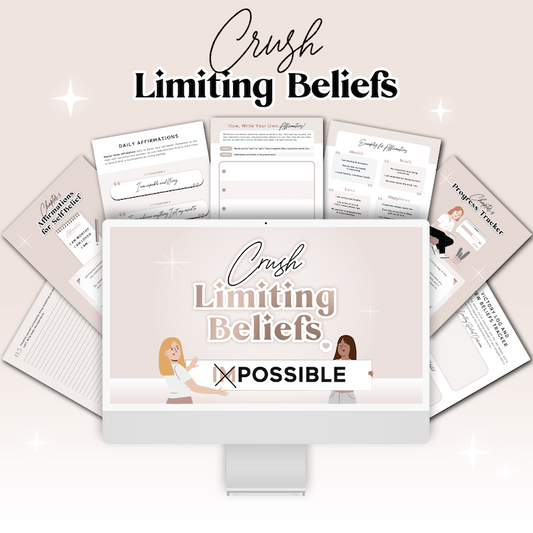Sometimes it feels hopeless to bother with different methods or tips when happiness seems like something you’ll never have. You’ve been through so many different rodeos in your life. You’re tired. You want someone to understand and you want the world to pause so you can catch up with everyone else who seems to have happiness figured out.
The truth is...that’s not going to happen.
The world isn’t going to pause. It’s going to keep moving, but you, too, can move forward with it; just at a different pace and you might take different roads. That’s more than acceptable.
But in these periods of sadness, grief, resentment (or any possible negative emotion you’re experiencing), the longer you camp in this emotional environment, the more negative will manifest itself...like skepticism. Feeling jaded can mimic what feels like abandonment so you continue to slink down into that emotion that has hold of you.
Combat skepticism with the facts.
This blog post is the motivational starting point for you to take charge of your path. Understand that there will always be a share of good and bad days. Things aren’t always linear. But when you have those bad days, or overcome by what Holly Golightly in Breakfast at Tiffany’s refers to as “the mean reds”, remember that there’s still hope.
Feel what you feel but keep moving forward.
Here are 5 scientifically proven ways to be happy. Remember that everything is a process and to be kind to yourself throughout the way.
1. Live in the city? Try forest therapy.
What is “forest therapy”? The guided healing practice takes place outdoors and is inspired by the Japanese practice known as shinrin-yoku (forest bathing). Forest therapy has trained guides that help visitors tap into through senses using nature as their medium. Shinrin-yoku, however, began in Japan in the 1980s to address the spike in stress-related illnesses affecting workers in the industrial and technology fields.
Business Insider reported on a study published in the database for the National Center for Biotechnology Information explaining, “One study found that a group of students sent into the trees for two nights had lower levels of cortisol — a hormone often used as a marker for stress — than those who spent the same two nights in a city.”

2. Spend 10 to 20 minutes journaling each day. Try journaling about your gratitude.
Studies have shown that gratitude journaling is a great method of stimulating and improving your mental wellness. By starting your day with gratitude journaling, you’re paving a path of comfort and relief. With the focus on gratitude having positive results, it can influence your day to be positive as well. It’s all about your mindset!
“I actually get excited to write in this each day. It’s fun to think back on the positives of my day and jot down the most special. It helps me have a better night and a morning focused on the good. Again simple and easy... I love it!! 💛” - Amy M.
Click Here to Shop Amy’s 5-star Journal
3. Follow essential self care practices.
To reduce or alleviate fatigue, anxiety, depression, or other health concerns, there are 10 self care practices that should be the core of everyone’s self care bible. The reason being is that self care activates four “happiness chemicals” that yield positive health benefits.
According to ActiveForLife.com, those happiness chemicals are:
Now, back to those 10 self care practices that should be at the core of your self care plans.
Grab your Self Care Planner and write these down.
- Treat your sleep like water. Soak up any minute of sleep you can get. In fact, you should get at least 7 hours of sleep each night.
- Include highly nutritious foods in your diet but avoid grinding fad diets.
- Exercise, even if it’s exerting yourself with a quick 7-minute workout. When you exercise, you release serotonin and positively influence your mood.
- Lean into spirituality through prayer or meditation.
- Pay attention to your social needs. Spend time with friends or family.
- Avoid gaslighting yourself. If you need to cry, let it out. Don’t invalidate your own emotions. Allow yourself to process what you feel.
- Grooming can reduce stress so take a hot shower or bath and develop a routine.
- Girl, hydrate, hydrate, hydrate!
- Do what makes you happy. Produce serotonin by engaging in activities that put a smile on your face. Maybe you love crafting, watching comedy movies, or maybe you like to do pilates. Do what makes you happy.
- Don’t bottle your feelings. This ties into letting yourself feel what you feel, but catharsis is important. Let it out in a journal if you need to.
“I love this Self Care planner so much, it really reinforces you to think positive and to look within to set goals for yourself. In the crazy year we have all had it was a much needed purchase for me. My Lovet Planner is going to be such a huge part of me having a very successful year, personally!” - Amanda B.
4. Make a vision board as an expressive outlet.
Ever heard of creative healing? According to Good Therapy, “Art therapy is a specialized area of mental health that uses art materials and the creative process to explore emotions, reduce anxiety, increase self-esteem, and resolve other psychological conflicts. The American Art Therapy Association states that art therapy can be an effective mental health treatment for individuals who have experienced depression, trauma, medical illness, and social difficulties. Making art in therapy can be a way to achieve personal insight as well as healing.”
Many therapists will take the art therapy route and encourage making vision boards to help visualize in a different state of being: happiness.
5. Play into the Tetris Effect.
This phenomenon is when you fixate or focus on the same activity that it becomes fixed in your mind. The Wiki definition discloses the Tetris Effect “occurs when people devote so much time and attention to an activity that it begins to pattern their thoughts, mental images, and dreams. It takes its name from the video game Tetris.”
Science of People recommends giving this process a try.
We’ve got the perfect journal for you. Play into the Tetris Effect with 100 days of positive thinking. Click Here.
Did you like this blog post? When you love it, we LOVET. Keep up to date with the latest blog posts, Lovet Planners sales, self care tips, vision board tips, and more by subscribing to receive our newsletters: CLICK HERE NOW.








